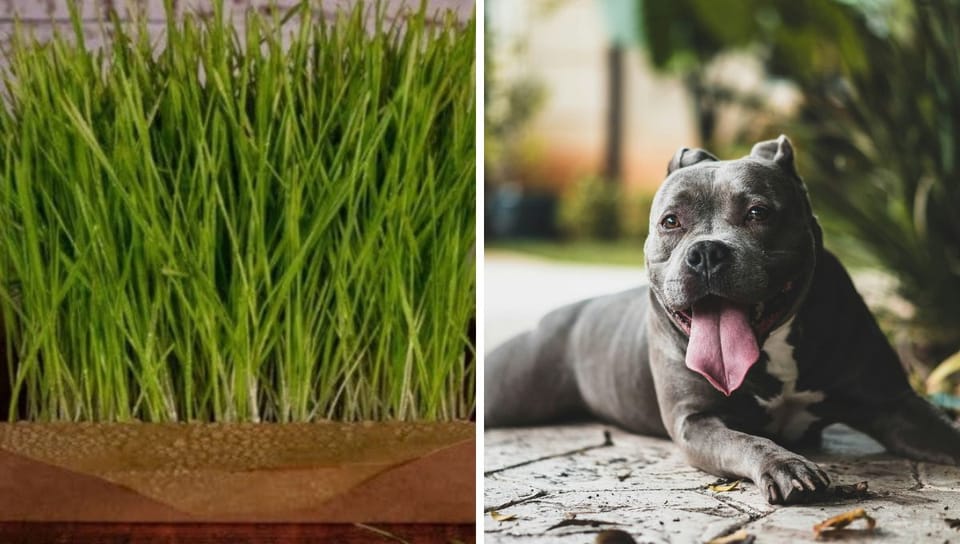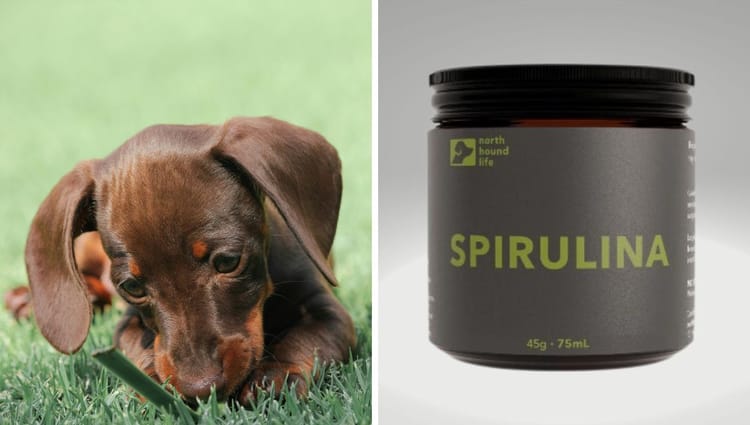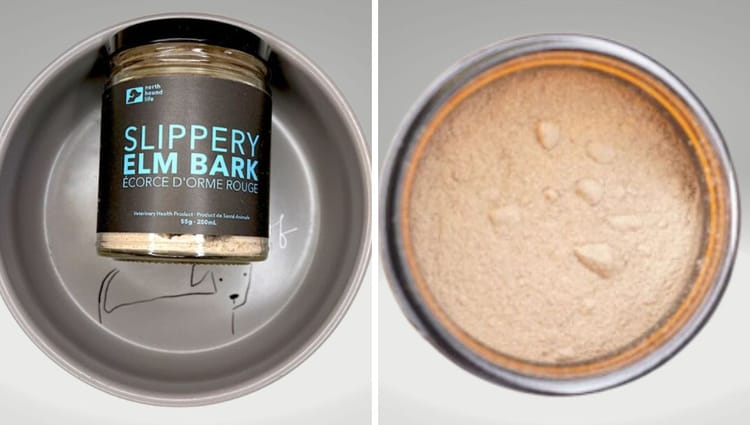Barley Microgreens for Dogs: A Nutritional Powerhouse

Introduction to Barley Microgreens
Barley microgreens are the young, tender shoots of the barley plant, harvested just a few weeks after germination. These tiny greens pack a punch when it comes to nutrition, offering a concentrated source of vitamins, minerals, and antioxidants. For dog owners looking to boost their pet's diet, barley microgreens are an excellent choice.
Dogs, like humans, can benefit from a varied diet rich in fresh, whole foods. Barley microgreens provide a natural, nutrient-dense option that can enhance your dog's health. From improving digestion to boosting the immune system, these microgreens are a versatile addition to any canine diet.
Key Takeaways:
- Barley microgreens are a nutrient-dense addition to your dog's diet, offering a range of health benefits.
- These microgreens are easy to grow at home, making them a convenient and cost-effective option.
- Incorporating barley microgreens into your dog's meals can improve their overall well-being and vitality.
Nutritional Benefits of Barley Microgreens
Barley microgreens are a powerhouse of nutrients. They are rich in vitamins A, C, and K, which are essential for maintaining healthy skin, vision, and blood clotting. Additionally, they contain a variety of minerals such as calcium, magnesium, and potassium, which support bone health and muscle function.
Antioxidants found in barley microgreens help combat oxidative stress, reducing the risk of chronic diseases. These greens also contain chlorophyll, which has detoxifying properties and can aid in cleansing the liver. By incorporating barley microgreens into your dog's diet, you can provide them with a natural source of these vital nutrients.
How to Grow Barley Microgreens at Home
Growing barley microgreens at home is a simple and cost-effective way to ensure a fresh supply for your dog. Start by soaking barley seeds in water for 8-12 hours. After soaking, spread the seeds evenly on a tray filled with a thin layer of soil or a growing medium. Keep the tray in a well-lit area, but out of direct sunlight.
Water the seeds daily, ensuring the soil remains moist but not waterlogged. Within a week, you should see the seeds sprouting. Harvest the microgreens when they are about 2-3 inches tall, usually around 10-14 days after planting. Simply snip the greens at the base and rinse them thoroughly before adding them to your dog's meals.
Incorporating Barley Microgreens into Your Dog's Diet
Adding barley microgreens to your dog's diet is easy and can be done in several ways. You can mix a small handful of fresh microgreens into their regular food, whether it's kibble, wet food, or homemade meals. Start with a small amount and gradually increase the quantity as your dog gets used to the new addition.
Another option is to blend the microgreens into a smoothie with other dog-friendly ingredients like carrots, apples, and plain yogurt. This can be a refreshing treat, especially during the warmer months. Remember to always introduce new foods gradually and monitor your dog for any adverse reactions.
Health Benefits for Dogs
Barley microgreens offer numerous health benefits for dogs. The high fibre content aids in digestion and can help prevent constipation. The vitamins and minerals support overall health, including strong bones, healthy skin, and a shiny coat. The antioxidants present in these greens help protect against cellular damage and support a robust immune system.
Additionally, the chlorophyll in barley microgreens has been shown to have anti-inflammatory properties, which can be beneficial for dogs with arthritis or other inflammatory conditions. By incorporating these microgreens into your dog's diet, you can help promote their overall well-being and longevity.
Potential Risks and Precautions
While barley microgreens are generally safe for dogs, there are a few precautions to keep in mind. Always ensure that the microgreens are thoroughly washed to remove any potential contaminants. If you are growing them at home, use organic seeds and avoid using any chemical fertilizers or pesticides.
It's also important to introduce barley microgreens gradually into your dog's diet. Some dogs may have sensitive stomachs and could experience digestive upset if given too much too quickly. Start with a small amount and monitor your dog for any signs of gastrointestinal distress, such as vomiting or diarrhea.
Comparing Barley Microgreens to Other Greens
Barley microgreens are just one of many types of microgreens that can benefit dogs. Other popular options include wheatgrass, alfalfa, and sunflower microgreens. Each type of microgreen offers its own unique set of nutrients and health benefits.
For example, wheatgrass is known for its high chlorophyll content and detoxifying properties, while alfalfa microgreens are rich in protein and essential amino acids. Sunflower microgreens are packed with vitamins E and B, which support skin health and energy levels. By rotating different types of microgreens, you can provide a well-rounded nutritional boost for your dog.
Case Studies: Success Stories
Many dog owners have reported positive results after incorporating barley microgreens into their pets' diets. One such case is Bella, a 7-year-old Labrador Retriever who suffered from chronic digestive issues. After adding barley microgreens to her meals, Bella's digestion improved significantly, and she experienced fewer episodes of diarrhea and bloating.
Another success story is Max, a 5-year-old German Shepherd with arthritis. His owner started giving him barley microgreens, and within a few weeks, Max showed noticeable improvements in mobility and reduced joint pain. These anecdotal reports highlight the potential benefits of barley microgreens for dogs with various health conditions.
Expert Opinions
Veterinarians and pet nutritionists often recommend incorporating fresh greens into a dog's diet for their numerous health benefits. Dr. Jane Smith, a holistic veterinarian, states, "Barley microgreens are an excellent source of essential nutrients and can be a valuable addition to a dog's diet. They provide a natural way to boost overall health and support the immune system."
Pet nutritionist Laura Johnson adds, "Microgreens, including barley, are packed with vitamins and minerals often lacking in commercial dog foods. Adding these greens to your dog's meals can help fill nutritional gaps and promote better health."
Summary
Barley microgreens are a nutrient-dense, easy-to-grow addition to your dog's diet. They offer a range of health benefits, from improved digestion to enhanced immune function. By incorporating these fresh greens into your dog's meals, you can provide them with a natural source of essential vitamins, minerals, and antioxidants. Always introduce new foods gradually and monitor your dog for any adverse reactions.
FAQ
1. Can all dogs eat barley microgreens?
Yes, most dogs can safely eat barley microgreens. However, it's important to introduce them gradually and monitor your dog for any signs of digestive upset.
2. How much barley microgreens should I give my dog?
Start with a small amount, such as a teaspoon, and gradually increase the quantity as your dog gets used to the new addition. The appropriate amount can vary based on your dog's size and dietary needs.
3. Can I grow barley microgreens indoors?
Absolutely! Barley microgreens can be easily grown indoors with minimal space and resources. Just ensure they receive adequate light and water for optimal growth.





